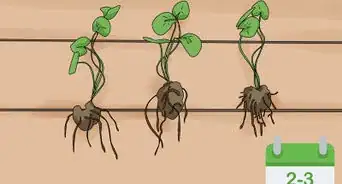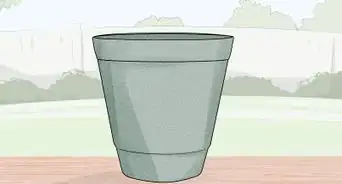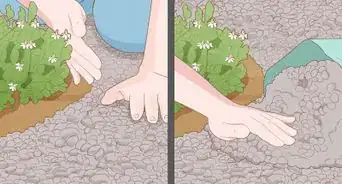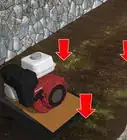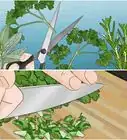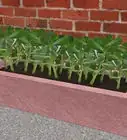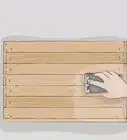wikiHow is a “wiki,” similar to Wikipedia, which means that many of our articles are co-written by multiple authors. To create this article, volunteer authors worked to edit and improve it over time.
This article has been viewed 93,825 times.
Learn more...
A garden incinerator is a simple piece of equipment that allows you to burn your yard waste onsite. The ashes produced from burning the trimmings and scraps can be used as a soil amendment similar to compost. Garden incinerators have largely fallen out of favor due to concerns about air quality, but this concern arises primarily from neighbors' distaste for smoke near their property. Learning how to make a garden incinerator is a simple process that can save you money over buying one from a gardening supply store.
Steps
-
1Procure an aluminum trash can. The best vessel to use as a garden incinerator is the classic circular aluminum trash can that has been largely supplanted by the wheeled plastic varieties. These cans be often be purchased from home improvement stores, but used ones will work fine for use as an incinerator.[1]
-
2Cut draft holes into the trash can. The can will need holes into which fresh air is drawn to feed the fire. Drill a series of holes around the circumference of the trash can, a few inches up from the bottom. These holes should be about 2 inches (5 cm) in diameter. They can be drilled using a jigsaw fitted with a metal-cutting blade or with an electric drill fitted with a hole saw bit.[2]Advertisement
-
3Prepare the ground where you will place the garden incinerator. The incinerator should be located in an area with few combustible materials. This is best accomplished by finding an area of ground covered in soil, rather than with plant growth such as grass. Make sure to place the incinerator a safe distance from your house as well.
-
4Place bricks underneath the incinerator. Place a handful of bricks in a single, circular layer that will fit underneath the trash can and support it. This additional air space will keep the incinerator from heating and killing any nearby plant life, as well as providing additional circulation to feed the fire.[3]
-
5Fill the trash can with yard waste. After setting the trash can onto the bricks, fill it loosely with yard waste. Do not fill it more than halfway to the top. Filling your can with a majority of carbon-rich materials (such as dried leaves and dried stems) will increase the efficiency of the burn. The yard waste should also be dry to the touch before burning.[4]
-
6Burn the yard waste in the garden incinerator. Light the yard waste with a match and allow it to burn. If for any reason you need to stop the fire, you can place the lid onto the trash can, which will choke the fire out. Under no circumstances should you leave your garden incinerator unattended. When the fire has completely died, you can use the ashes of your yard waste as a soil amendment.
Community Q&A
-
QuestionIs there a lot of smoke?
 Llia Lynn OlsenCommunity AnswerSmoke typically means there is poor combustion, meaning the fire is not hot enough. The hotter the fire gets, the less toxic gasses are released, and thus the less smoke there will be. Just burning something openly in a fire pit or barrel instead of burning it in a well-designed incinerator will create smoke.
Llia Lynn OlsenCommunity AnswerSmoke typically means there is poor combustion, meaning the fire is not hot enough. The hotter the fire gets, the less toxic gasses are released, and thus the less smoke there will be. Just burning something openly in a fire pit or barrel instead of burning it in a well-designed incinerator will create smoke. -
QuestionAren't gases released from the incinerator harmful to the environment. Please clarify? I have a compost bin where I let my kitchen and garden waste decay naturally. Thank you.
 III_NATERTOT_IIICommunity AnswerI'm sure It depends on what you're disposing of, I don't see how it could be any worse than what all the industry in urban areas does.
III_NATERTOT_IIICommunity AnswerI'm sure It depends on what you're disposing of, I don't see how it could be any worse than what all the industry in urban areas does.
Warnings
- If you burn household refuse in your incinerator, you will not be able to use the ashes as compost. Burning trash is illegal in many areas of the world, so you should check your local regulations before proceeding.[6]⧼thumbs_response⧽
Things You'll Need
- Aluminum trash can
- Jigsaw or hole saw
- Bricks
- Yard waste
- Matches
References
- ↑ https://www.youtube.com/watch?v=bZ_4wlDyKWI
- ↑ https://www.youtube.com/watch?v=odxKW8in_dk
- ↑ https://www.youtube.com/watch?v=odxKW8in_dk
- ↑ https://www.youtube.com/watch?v=bZ_4wlDyKWI
- ↑ https://www.darlington.gov.uk/environment-and-planning/pollution/air-quality/
- ↑ https://www.darlington.gov.uk/environment-and-planning/pollution/air-quality/
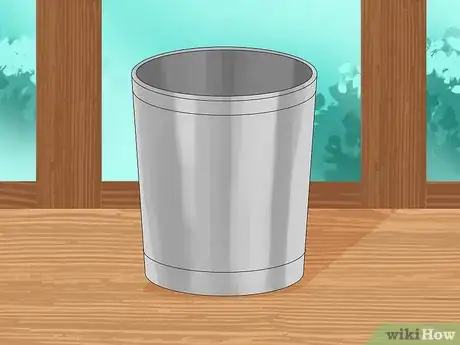
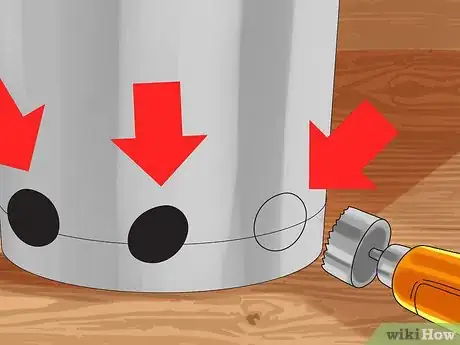
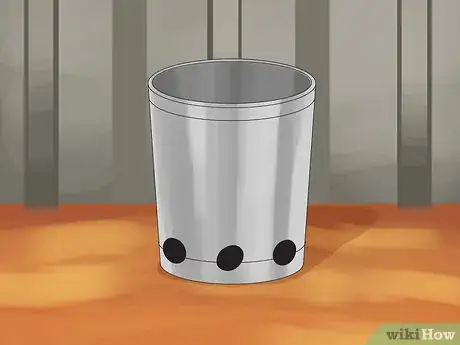
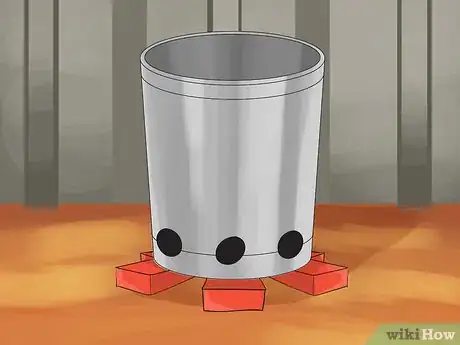
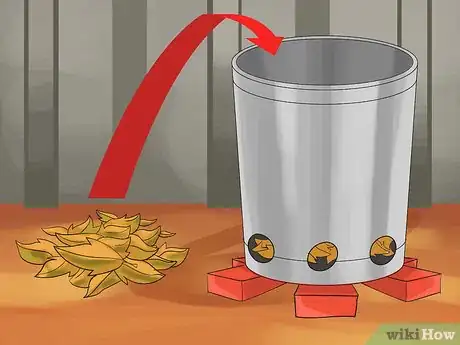
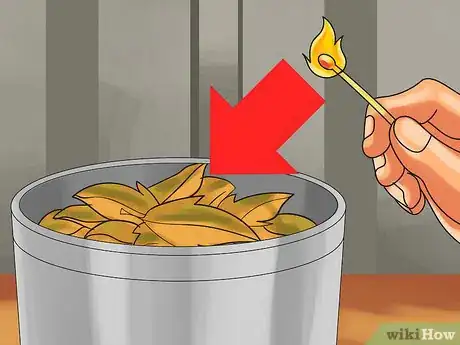
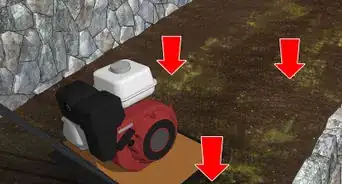
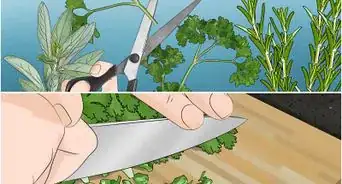
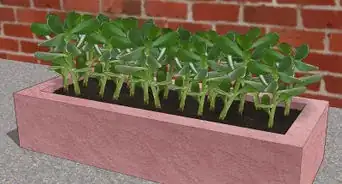
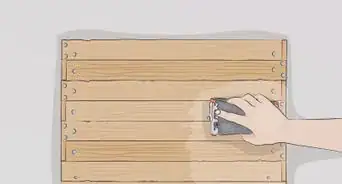
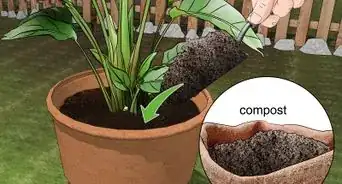
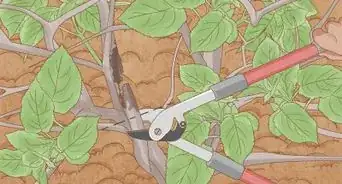

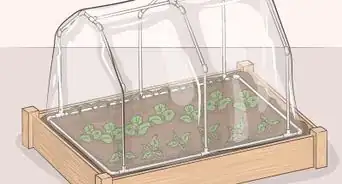
-Oven-Step-15.webp)
